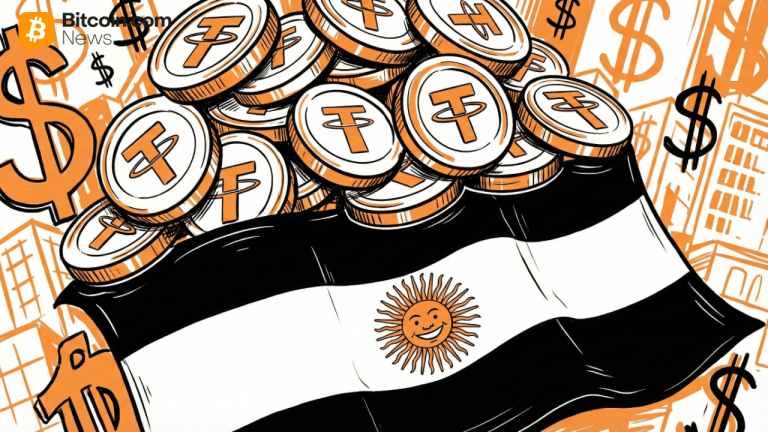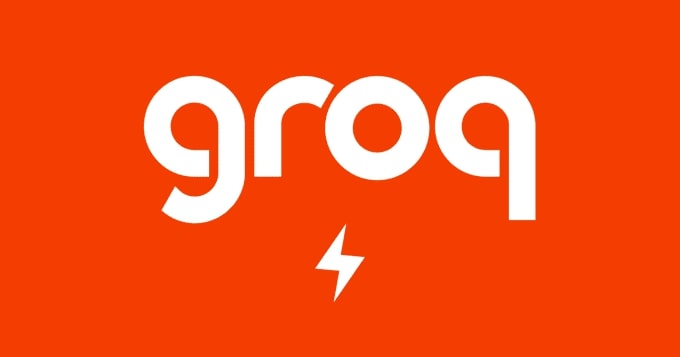Bitcoin’s secondary layers are often overlooked despite their undoubted potential to enhance Bitcoin’s potential for even more advanced functionality. Much of the focus is directed at the Lightning Network and its ability to handle microtransactions at high speeds.
However, the secondary layers (or layer 2) can effectively handle smart contracts, leverage cryptographic techniques for advanced privacy, and establish decentralized identity and access solutions that are connected to the blockchain.
This article will explore these fascinating layers and their potential use cases, considering how they may define the future of Bitcoin beyond currency transactions. Bitcoin’s secondary layers are expected to provide the backbone of a complex ecosystem that accelerates the growth of decentralized applications.
What Are Bitcoin’s Secondary Layers?
The terms primary layer and secondary layer refer to the different networks within a single blockchain, the shared database that powers cryptocurrency and other projects.
The Primary layer (layer 1), sometimes referred to as the parent chain or “mainnet” is the blockchain itself and is fundamental to all operations. Secondary layers (layer 2) on the other hand are secondary networks that are developed on top of the blockchain (layer 1), enabling third-party integrations.
Secondary layers help to lessen the load on the blockchain by utilizing its strengths and working around its limitations. These networks can process transactions externally which are then sent back to the blockchain for processing and confirmation. As a result, the overall capacity of the blockchain can be increased, resulting in additional usability and functionality.
The most well-known secondary layer is the Lightning Network which uses state channels (a solution we will discuss later) to enable microtransactions on top of the blockchain. This involves users sending Bitcoin payments through an encrypted peer-to-peer (P2P) channel that works similarly to smart contracts, creating a simple, efficient, and more cost-effective channel between sender and receiver.
What Are The Key Benefits Of Bitcoin’s Secondary Layers?
There are three key benefits of Bitcoin’s secondary layers, to increase scalability and expand the functionality of the blockchain while making it easier for businesses to adhere to financial regulations.
Increasing Scalability
A single set of transactions may take around ten minutes to process on the Bitcoin network, averaging around seven seconds per transaction. This can result in network congestion at peak times and lead to higher transaction fees, impacting the feasibility of microtransactions and point-of-sale transactions.
The Bitcoin blockchain cannot be scaled as this compromises security and decentralization, the two main pillars of the network. Due to the high volume of transactions across the network, secondary layers are being leveraged more to process transactions ‘off-chain’ to reduce the strain on the primary layer.
In terms of decentralized applications, by distributing data across a network of nodes, secondary layers reduce the risk of centralized points of failure and attacks, enhancing the overall security of app deployment processes, as well as patching, updates, and all other forms of changes.
Improving Functionality and Utility
The Bitcoin network is designed to enable transparent P2P transactions and to provide the resources for the digital currency to continue growing in value. By only focusing on these two main functions, the Bitcoin network remains robust and secure, preventing any chance of it being tampered with.
However, this would limit future innovations if it weren’t for secondary layers. Thanks to layer 2, third-party developers can significantly increase the functionality of Bitcoin, expanding its use cases and taking advantage of new, web3 technologies such as NFTs and, of course, smart contracts.
Compliance
With more secure payment channels, adhering to regulations becomes much easier and inexpensive Compliance is a key consideration for any business that accepts cryptocurrency payments.
Secondary layers and the blockchain, both in its current and future iterations, might be the key to establishing many tracking and security features that site owners and companies need to use for PCI-compliant hosting (if they accept payments) or spend six-figure sums on copious amounts of testing.
How Bitcoin’s Secondary Layers Work
Secondary layers can work in different ways and there are three main layer 2 solutions that you should be aware of to help understand the processes.
- State Channels - This solution allows users to avoid high transaction fees, providing end-to-end encrypted payment channels to send and receive Bitcoin. State channels are effectively micro-ledgers and only the opening and closing balance is reported to the blockchain once the payment channel closes, allowing users to make unlimited transactions without incurring transaction fees.
- Side Chains - Side chains are an independent blockchain that creates a two-way bridge to the blockchain. This makes it possible to easily and quickly transfer data assets between different transaction chains. As an independent blockchain, side chains can also integrate other secondary layer solutions.
- Rollup Chains - Rollup chains also allow users to make a large number of transactions off-chain, merging the individual transactions into a single block of data that is then reported to the blockchain. There are two types of rollup chains, optimistic and ZK. Optimistic rollups automatically validate all of the consolidated transactions, while ZK rollups generate a single cryptographic proof as validation.
The development of more secure and faster systems is essential for both small-scale businesses and at the enterprise level where organizations are built on complex processes like switching ERP software or conducting Workday staff augmentation. As third-party secondary layers become even more advanced, these businesses are likely to rely more and more on the blockchain over cloud solutions, accelerating the growth of the Bitcoin ecosystem further.
What Are Some Of The Most Popular Secondary Layers?
We have already discussed the most popular secondary layer, the Lightning Network, so to provide a more in-depth overview of the capabilities of layer 2 we will focus on some of the other commonly used solutions.
Rootstock (RSK)
As a popular side chain, Rootstock (RSK) is at the forefront of smart contract functionality on the Bitcoin blockchain. Its ‘two-way peg’ system involves a user sending Bitcoin directly to RSK where it is stored and secured in a digital wallet as a Smart Bitcoin (RBTC). Users can withdraw the RBTC from the regular Bitcoin blockchain.
RSK offers significantly faster transaction speeds than the Bitcoin network and is also compatible with Ethereum Virtual Machine (EVM), making it possible to execute smart contracts on the Ethereum style blockchain.
Liquid Network
Liquid Network is a solution that improves transaction speeds but also leverages cryptographic techniques to improve the privacy of Bitcoin payments. It is another side-chain solution and runs alongside the blockchain but uses its own native asset Liquid (L-BTC) instead of standard Bitcoin. Liquid Network also uses a two-way peg like RSK, converting BTC to L-BTC
RGB
RGB is a smart contract protocol and secondary Bitcoin layer that is linked to the Lightning Network. It allows users on a Lightning Network to design contractual agreements with the option of creating an issuing token or not. This system offers great speeds and reduced fees while using the primary blockchain as an ownership control and confidentiality mechanism.
By interacting with the Bitcoin Blockchain and the Lightning Network, RGB makes it possible to develop more third-party solutions to investigate advanced blockchain-level automation and reduce transaction fees further.
Stacks Protocol
This protocol enables self-executing smart contracts without needing to use a hard fork, an adjustment to the Bitcoin blockchain which creates a completely new blockchain. Hard forks can often disrupt communities and cause instability which is why they tend to be avoided.
Instead, Stacks Protocol uses microblocks which provide high speeds and work on a unique Proof-of-Transfer (PoX) mechanism to connect them to the Bitcoin blockchain. This makes it extremely easy to run smart contracts and decentralized applications without leaving the Bitcoin ecosystem.
Conclusion
The Bitcoin Blockchain (its primary layer) has many limitations as it is purely designed to facilitate secure P2P transactions. This is why secondary layers are required that allow third-party integrations to work alongside the blockchain to provide innovations.
These layers can result in lower transaction speeds, faster processing times with minimal network congestion, and integrate advanced cryptographic privacy techniques.
In the future, secondary layers are expected to facilitate even further growth, supporting the Bitcoin ecosystem to integrate a range of advanced, decentralized applications that can revolutionize P2P transactions, point-of-sale payments, and much more.
This is a guest post by Kiara Taylor. Opinions expressed are entirely their own and do not necessarily reflect those of BTC Inc or Bitcoin Magazine.

You can get bonuses upto $100 FREE BONUS when you:
💰 Install these recommended apps:
💲 SocialGood - 100% Crypto Back on Everyday Shopping
💲 xPortal - The DeFi For The Next Billion
💲 CryptoTab Browser - Lightweight, fast, and ready to mine!
💰 Register on these recommended exchanges:
🟡 Binance🟡 Bitfinex🟡 Bitmart🟡 Bittrex🟡 Bitget
🟡 CoinEx🟡 Crypto.com🟡 Gate.io🟡 Huobi🟡 Kucoin.




















Comments